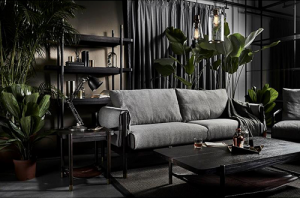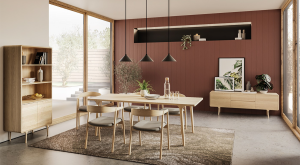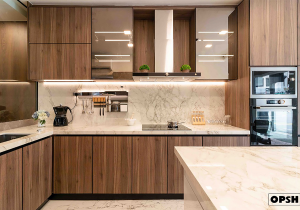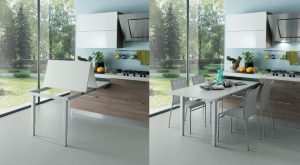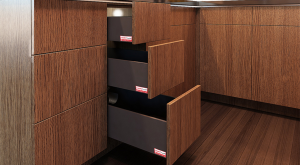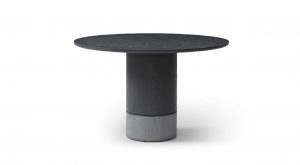Featured Post
How to Design a Kid-Friendly Bedroom
Designing a kid-friendly bedroom means building a space where your child can feel safe, play freely, and grow comfortably. It’s about blending safety, smart furniture choices, and a dash of fun to make a room they’ll love for years.
Choosing the Right Furniture
Picking furniture is the first big step in designing a kid-friendly bedroom. You want pieces that are safe and tough enough to handle a child’s energy. Think about nightstands for kids’ bedrooms and nurseries—simple, sturdy ones with rounded edges work best. I remember when my son was three, he’d climb anything he could reach. A low nightstand with no sharp corners saved us from a lot of bumps and bruises. Look for furniture made from non-toxic materials too. Kids chew on things—trust me, I’ve seen it—so safety matters.
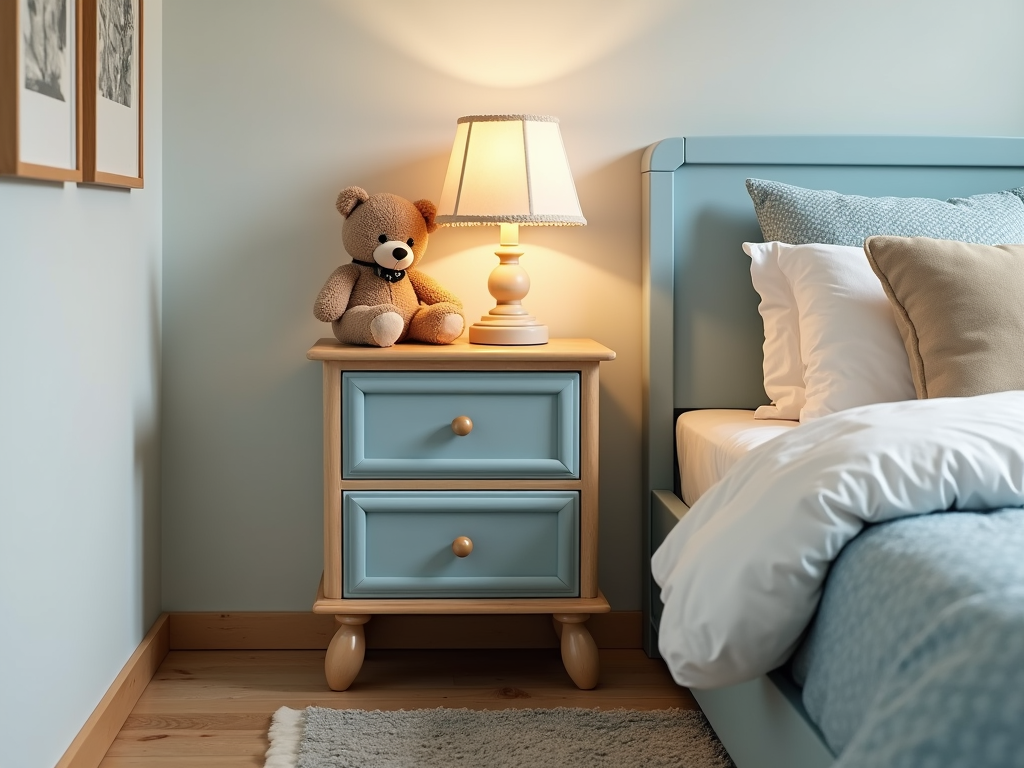
Creating a Functional Layout
A good layout makes the room work for your child. Leave space for them to move and play—kids need that. In my daughter’s tiny room, we used a loft bed with a desk underneath. It freed up the floor for her to build forts. If your space is small, try multi-purpose furniture. A bed with drawers or a nightstand that doubles as a desk can do wonders. Keep pathways clear so they don’t trip over toys at midnight—I’ve stubbed my toe one too many times to skip that tip!
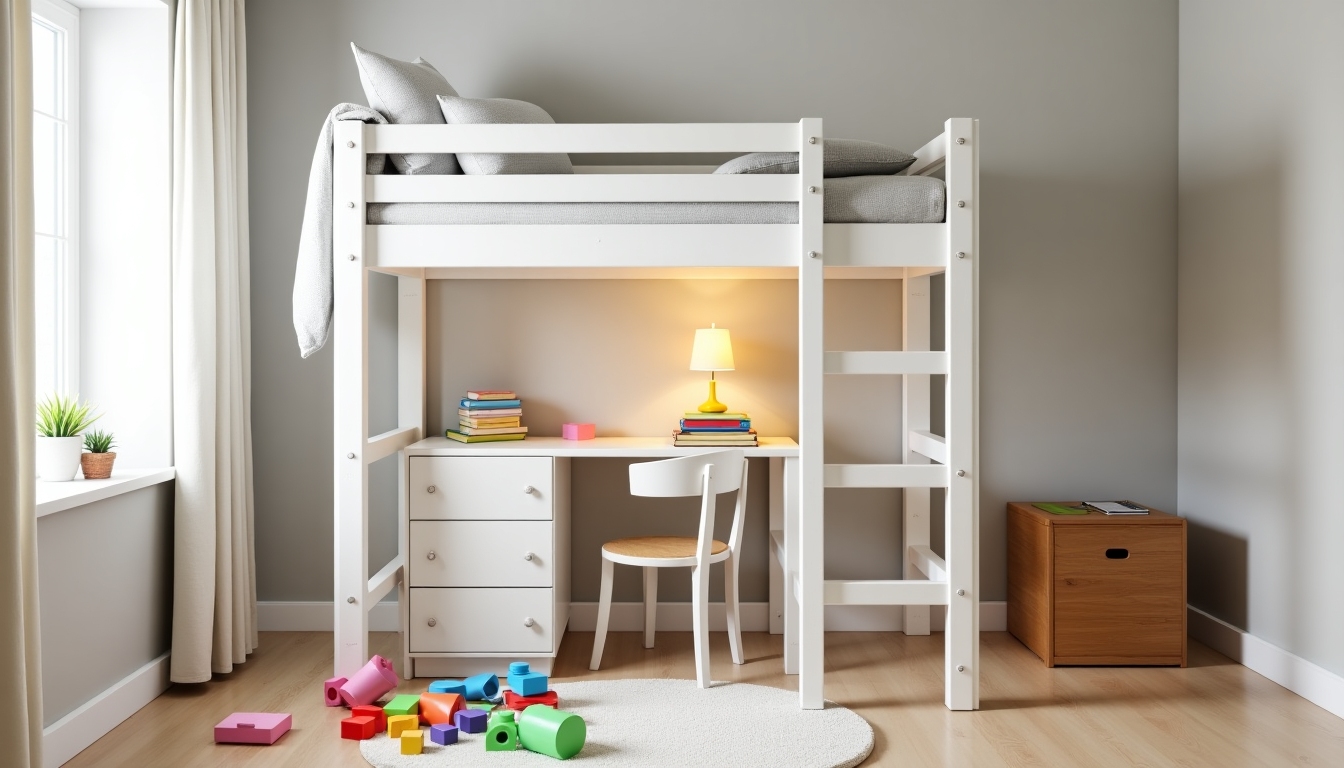
Incorporating Storage Solutions
Kids come with stuff—lots of it. Storage keeps the chaos in check. Toy chests are great; just make sure the lids are light and won’t slam on little fingers. We had one with a slow-close hinge, and it was a lifesaver. Bookshelves at their height encourage reading, and under-bed bins hide extra toys. Teach them to tidy up early—my kids started with a simple ‘one basket for dolls, one for cars’ rule, and it stuck.
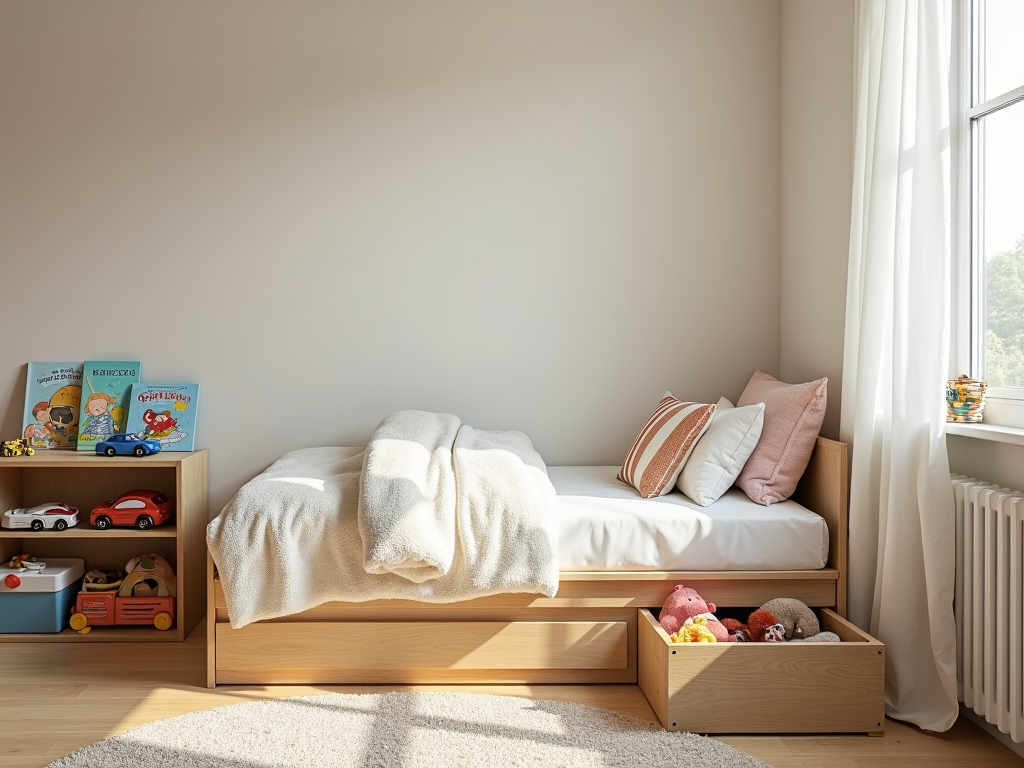
Selecting Kid-Friendly Decor
Decor lets your child’s personality shine. Go for safe, fun pieces like soft rugs or wall art they pick out themselves. My son chose dinosaur bedding, and it’s still his favorite at eight. Avoid anything with small bits that could break off—safety first. Bright colors or patterns work well, but keep it simple so the room doesn’t feel too busy. It’s their space, so let them have a say.
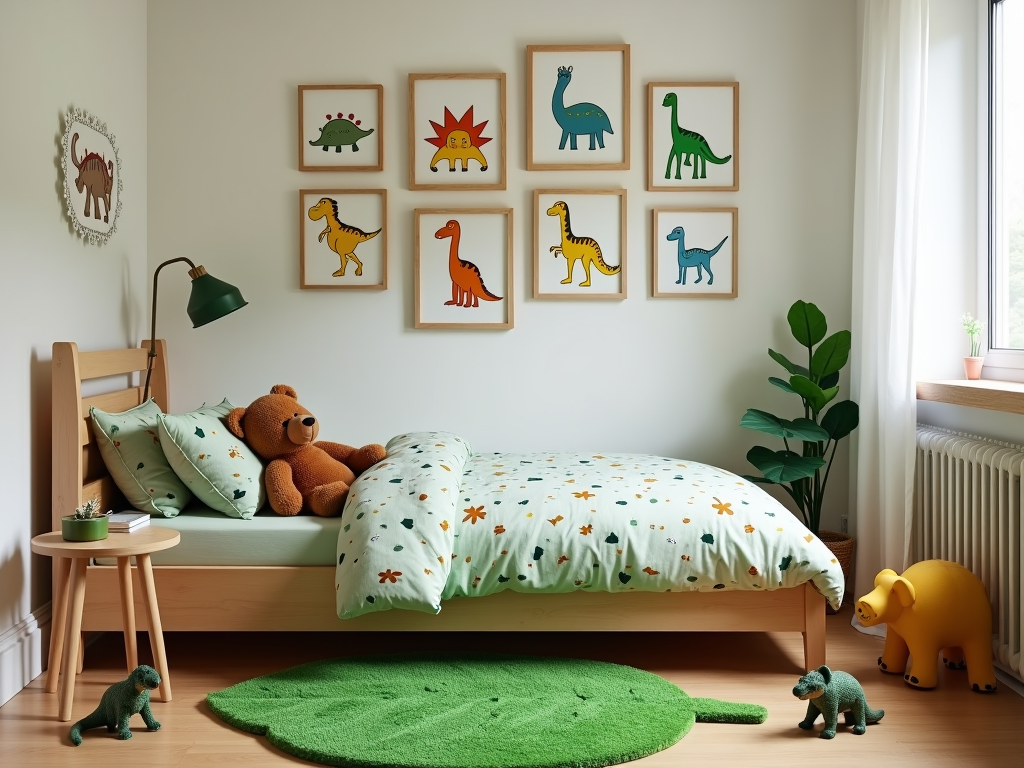
Ensuring Safety
Safety is non-negotiable. Bolt furniture to the wall—nightstands, dressers, everything. I learned that lesson when my toddler tipped a shelf trying to reach a toy. Use cordless blinds to avoid tangles, and cover outlets with plugs. Skip small trinkets they could swallow. Check the room from their height—crawl around and spot hazards. It sounds silly, but it works.
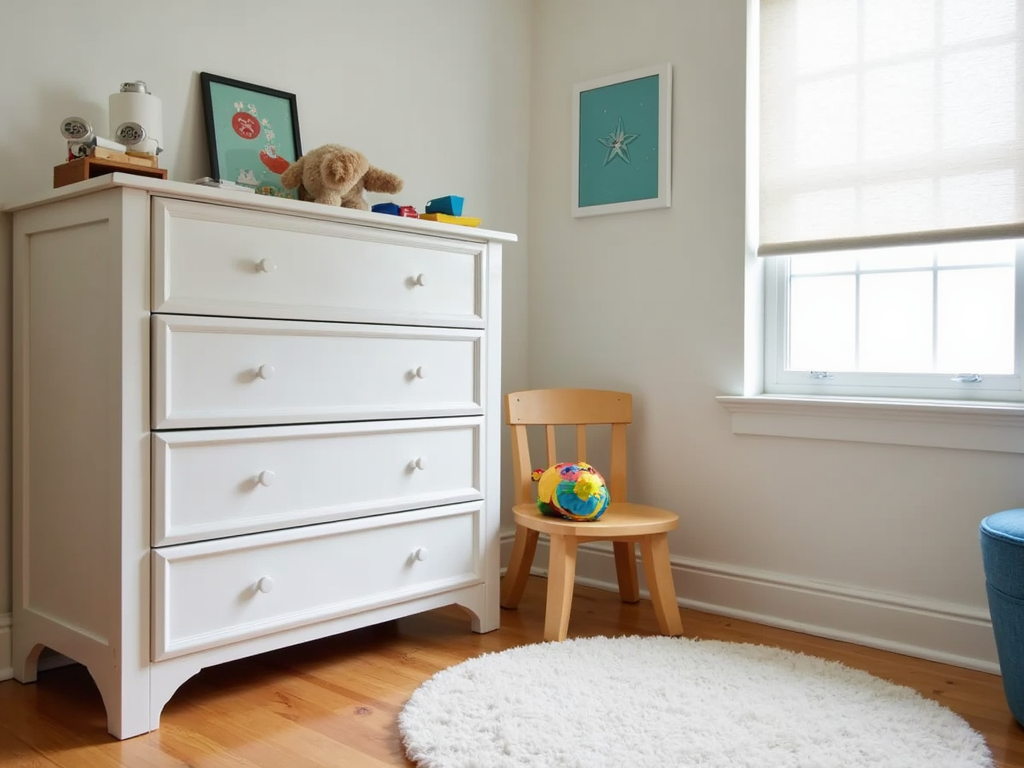
Lighting and Ambiance
Lighting sets the mood. A bright overhead light is good for playtime, but add a soft table lamp or nightlight for winding down. My daughter sleeps better with a little star-shaped nightlight—it’s been her comfort for years. Avoid glaring bulbs; kids’ eyes are sensitive. Layer the lights so they can read, play, or relax without strain. It’s a small tweak that makes a big difference.
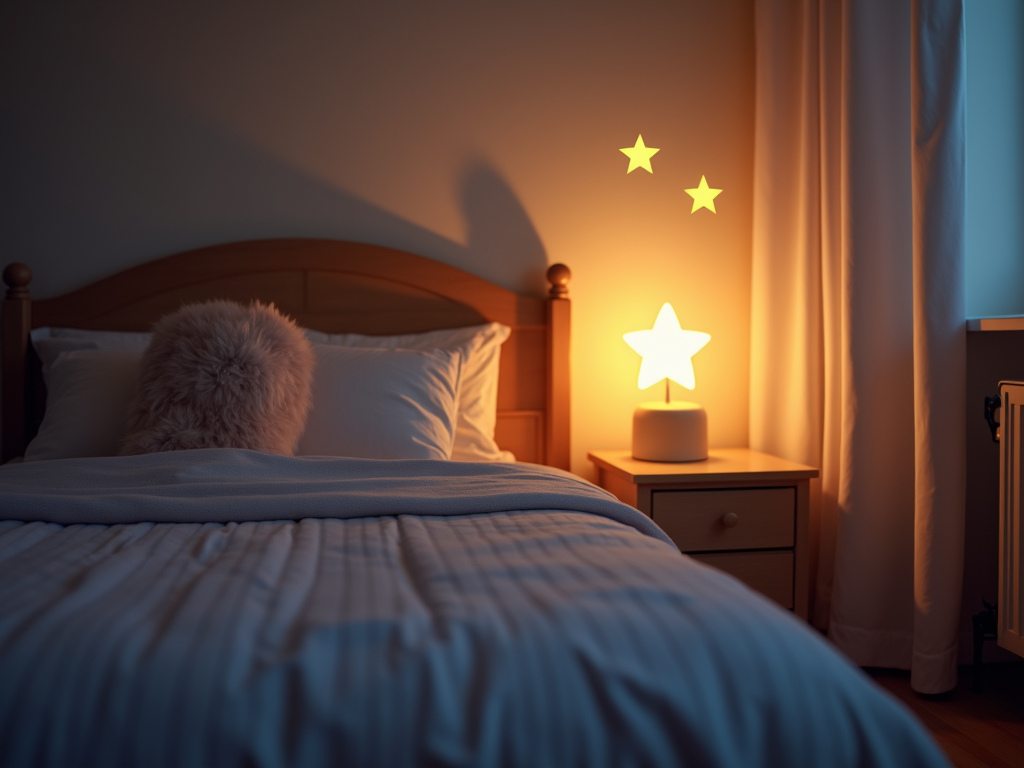
Tips for Growing with Your Child
Kids grow fast, so plan ahead. Adjustable beds or furniture that adapts save money later. We got a crib that turned into a toddler bed—best decision ever. Add shelves they can reach now but raise as they get taller. Keep the bones of the room flexible, and swap decor as their tastes change. It keeps the space fresh without a total redo.
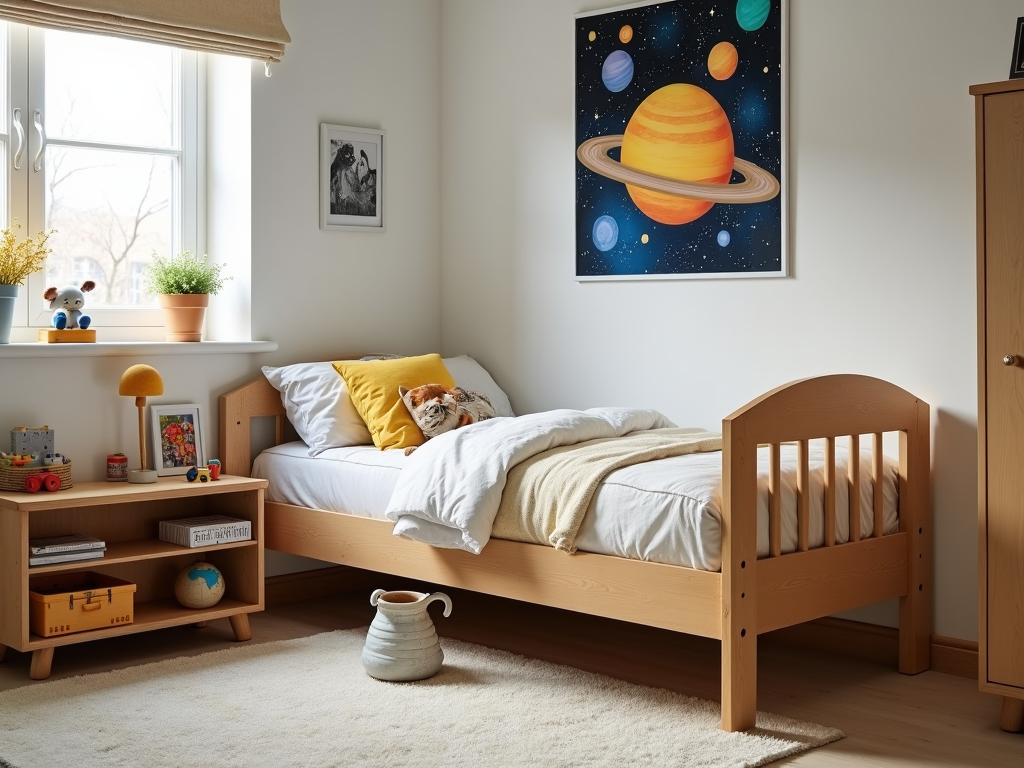
Making It Their Own
Let your kid help design it. My son picked his wall color—bright blue—and it made him proud. Ask what they like: animals, sports, stars? Add a chalkboard wall or a spot for their art. It’s not just a room; it’s their world. When they feel ownership, they take better care of it—well, mostly!
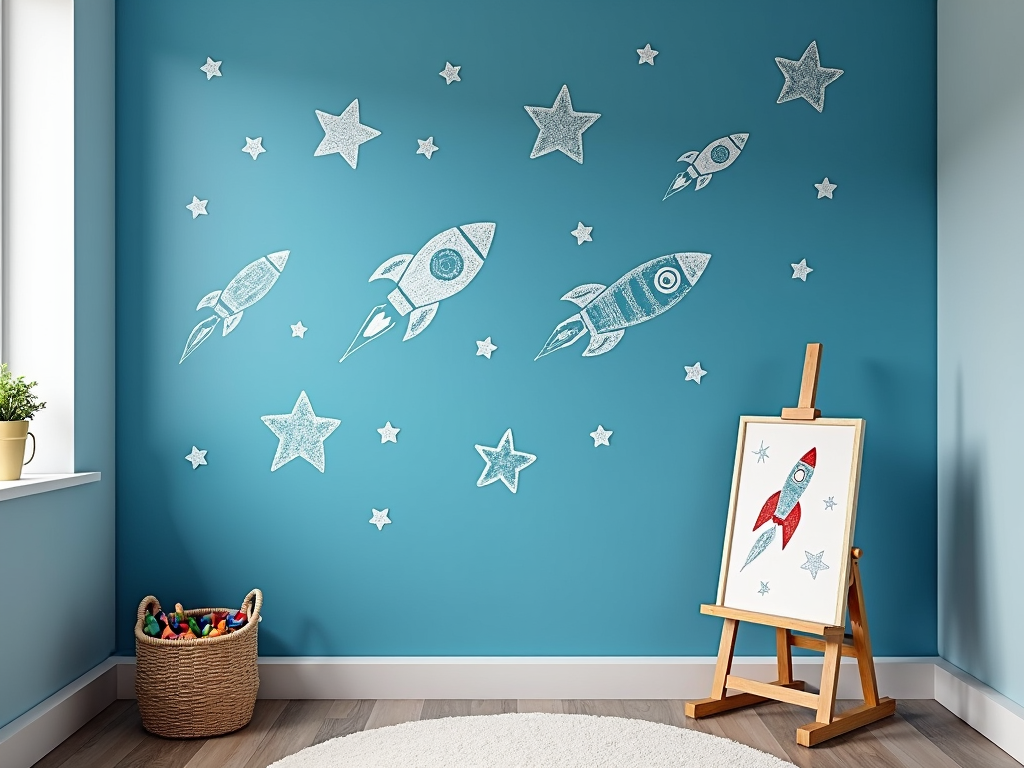
Designing a kid-friendly bedroom takes thought, but it’s worth it. Focus on safe furniture, a smart layout, plenty of storage, fun decor, and good lighting. Add safety checks and a personal touch, and you’ve got a space your child will thrive in. Start small, tweak as you go, and enjoy the process!


